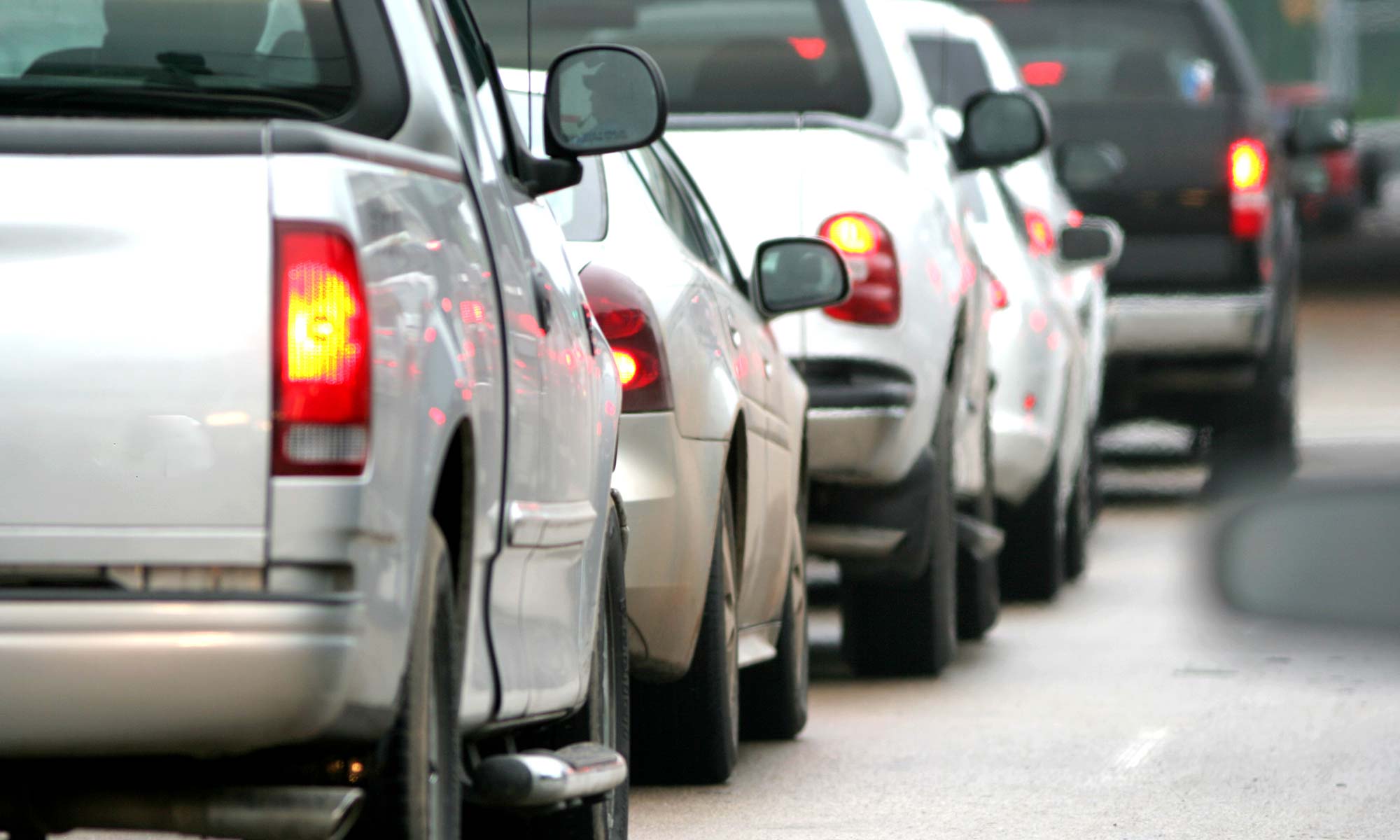Traffic Congestion Analysis

Bumper to bumper story – Bumper-to-bumper traffic is a condition where vehicles are closely packed and moving at very low speeds. This condition is often caused by a high volume of traffic, which can be caused by a variety of factors such as rush hour, special events, or road closures. Bumper-to-bumper traffic can be extremely frustrating and time-consuming for drivers, and it can also lead to increased air pollution and greenhouse gas emissions.
Bumper-to-bumper traffic can test the patience of even the most seasoned commuters. But what if, instead of sitting idly in your car, you could pass the time by spinning a yarn? Like the classic fairy tale of Rumpelstiltskin , where a clever girl outwits a mischievous imp, a good story can transport you to another world, making the time fly by.
So, the next time you find yourself stuck in a traffic jam, don’t despair. Embrace the opportunity to let your imagination soar and tell a tale that will keep your mind entertained.
Causes of Bumper-to-Bumper Traffic
- High volume of traffic
- Rush hour
- Special events
- Road closures
- Construction
- Accidents
- Bad weather
Effects of Bumper-to-Bumper Traffic
- Increased travel times
- Increased air pollution
- Increased greenhouse gas emissions
- Frustration and stress
- Economic losses
Potential Solutions to Reduce Bumper-to-Bumper Traffic
- Increase public transportation
- Encourage carpooling and vanpooling
- Implement congestion pricing
- Improve traffic management systems
- Increase road capacity
- Encourage telecommuting
- Stagger work hours
Road Safety Implications

Bumper-to-bumper traffic creates a number of safety hazards for drivers, pedestrians, and cyclists alike. The close proximity of vehicles and the slow speeds make it difficult to avoid collisions, and the constant stop-and-go motion can lead to driver fatigue and distraction.
Impact on Emergency Response Times
Bumper-to-bumper traffic can also have a significant impact on emergency response times. When traffic is congested, it can take longer for emergency vehicles to reach their destination, which can delay medical treatment and put lives at risk.
Recommendations for Improving Road Safety
- Reduce the number of vehicles on the road. This can be done through a variety of measures, such as encouraging carpooling, public transportation, and walking and biking.
- Improve traffic flow. This can be done by widening roads, adding new lanes, and improving traffic signals.
- Educate drivers about the dangers of bumper-to-bumper traffic. This can be done through public awareness campaigns and driver education programs.
- Enforce traffic laws. This can help to deter drivers from speeding, running red lights, and other dangerous behaviors.
Urban Planning Considerations: Bumper To Bumper Story
Urban planning plays a crucial role in mitigating bumper-to-bumper traffic. Effective urban planning strategies can reduce traffic congestion by promoting alternative modes of transportation, optimizing road networks, and encouraging mixed-use development.
Public Transportation
Public transportation systems, such as buses, trains, and subways, offer a convenient and efficient alternative to private vehicles. By providing reliable and affordable transportation options, public transportation can reduce the number of cars on the road, alleviating traffic congestion.
Carpooling and Ride-Sharing, Bumper to bumper story
Carpooling and ride-sharing programs encourage multiple people to travel together in a single vehicle. These programs can significantly reduce the number of vehicles on the road, especially during peak traffic hours.
Mixed-Use Development
Mixed-use development involves creating neighborhoods where people can live, work, and shop within a short distance. This reduces the need for long commutes and encourages walking, biking, and public transportation.
Table: Pros and Cons of Urban Planning Strategies for Addressing Bumper-to-Bumper Traffic
| Strategy | Pros | Cons |
|—|—|—|
| Public Transportation | Reduces traffic congestion, improves air quality | Can be expensive to implement and maintain |
| Carpooling and Ride-Sharing | Reduces traffic congestion, saves on fuel costs | Can be difficult to coordinate and may not be suitable for all commuters |
| Mixed-Use Development | Reduces traffic congestion, improves walkability and bikeability | Can be challenging to implement in existing urban areas |
Bumper to bumper traffic is an everyday occurrence in urban areas, often leaving drivers feeling frustrated and impatient. While waiting in traffic, some drivers engage in the practice of “tailgating” ( tailgate meaning ), which involves driving closely behind another vehicle.
This behavior can be dangerous, as it reduces reaction time and increases the risk of accidents. It is important for drivers to be aware of the risks of tailgating and to maintain a safe distance between their vehicle and the one in front.
Bumper-to-bumper traffic jams can be a nightmare, especially when you’re in a hurry. But have you ever wondered about the origin of the term “tailgate”? It refers to the practice of driving too closely behind another vehicle, often leading to dangerous situations.
While the tailgate meaning is clear, it’s important to maintain a safe distance between vehicles to avoid accidents. So, the next time you’re stuck in a bumper-to-bumper jam, remember to keep your distance and avoid tailgating.
In the bumper-to-bumper story, the protagonist faces overwhelming odds and adversity, much like the underdog in a sporting event. This underdog, often defined as a person or team with lower chances of winning ( underdog meaning ), fights valiantly against the seemingly insurmountable challenges, mirroring the protagonist’s relentless spirit in the face of adversity in the bumper-to-bumper story.
The bumper-to-bumper traffic on the highway was a stark reminder of the disparity between the city’s haves and have-nots. As I sat in my car, inching forward at a snail’s pace, I couldn’t help but think of the countless stories of those who had risen from rags to riches rags to riches.
It was a reminder that even in the most congested of circumstances, there was always hope for a better future.